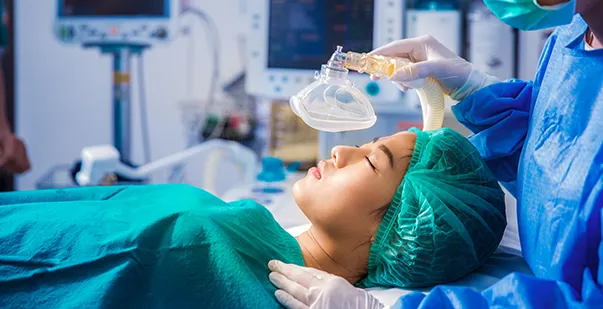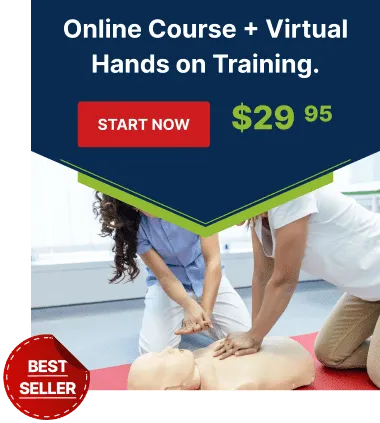Table of Contents:
- Introduction
- Understanding Ventilation: Why It’s Important
- Non-Invasive Ventilation (NIV)
- Invasive Ventilation
- Mechanical Ventilation
- Bag-Valve Mask (BVM) Ventilation
- Choosing the Preferred Method for Ventilation
- Conclusion
Ventilating a patient means helping them breathe when their body can’t do it well enough on its own. When someone can’t breathe properly due to an illness, injury, or after surgery, healthcare providers step in to support or take over this function. The preferred method for ventilation depends on the patient’s condition and the severity of their breathing problem.
Emergencies often need fast solutions, like a bag-valve-mask (BVM), while long-term cases may require a mechanical ventilator. Each method has pros and cons, and selecting the right one can improve a patient’s chances of recovery and overall well-being. In this blog, we shall look at the different types of ventilation and see which method is preferred.
Master ACLS Now
Get ACLS certified with confidence
What is Ventilation and Why It’s Important?
Ventilation is the process of moving air in and out of the lungs to ensure the body receives enough oxygen and removes carbon dioxide. It is vital for maintaining normal body processes, as oxygen supports energy production in cells, while carbon dioxide, a waste product, needs to be expelled.
Proper ventilation is crucial for respiratory health and overall well-being. When ventilation is compromised, it can lead to serious health issues, such as low oxygen levels or a buildup of carbon dioxide in the blood.
3 Major Types of Ventilation
Ventilation can be either natural, which occurs through the normal breathing process, or mechanical, which uses medical devices to assist or replace breathing. In addition, it can be invasive or non-invasive in the context of healthcare providers.
Non-Invasive Ventilation (NIV)
Non-invasive ventilation (NIV) refers to techniques that help with breathing without needing an internal device, such as a tube inserted into the patient’s airway. NIV is usually the first option for patients who need assistance but can still breathe somewhat on their own. Common non-invasive methods include:
-
Continuous Positive Airway Pressure (CPAP)
CPAP machines deliver a continuous stream of air pressure to keep the airways open. CPAP is often used for patients with obstructive sleep apnea or chronic obstructive pulmonary disease (COPD). This is also helpful for patients with congestive heart failure who have trouble breathing during sleep.
-
Bi-Level Positive Airway Pressure (BiPAP)
BiPAP delivers two levels of air pressure. One during inhalation and a lower one during exhalation. This method is typically used for patients with more serious respiratory issues, such as severe COPD or neuromuscular disorders. It’s also used when CPAP isn’t effective enough.
BiPAP is more comfortable for some patients since it allows for easier exhalation. It can provide higher levels of support for people struggling to breathe.
-
Mouth-to-Mask Ventilation
Mouth-to-mask ventilation is a technique used by first responders or healthcare providers to deliver rescue breaths to a patient who has stopped breathing or is struggling to breathe. It involves placing a mask over the patient’s mouth and nose and using the rescuer’s breath to inflate the patient’s.
So, what device is used to perform mouth-to-mask ventilation? Typically, a pocket mask is used. This small, portable device allows rescuers to breathe without direct mouth-to-mouth contact. Pocket masks have a one-way valve to protect the rescuer from exhaled air, keeping both the patient and rescuer safe.
-
Bag-Valve Mask (BVM) Ventilation
Bag-valve mask (BVM) ventilation is a common method for providing manually triggered ventilation. A BVM, or “Ambu bag,” is a handheld device that uses a self-inflating bag to push air into the patient’s lungs through a mask placed over their mouth and nose. BVM ventilation is typically used in emergencies, such as after cardiac arrest, drowning, or drug overdose when immediate assistance is needed to restore breathing.
BVM can be challenging to use effectively, especially if the mask doesn’t fit perfectly, as air can escape. Proper training is essential for delivering the right amount of oxygen without causing injury.
An essential part of effective BVM use is understanding what is the correct volume of air to deliver during BVM ventilations.
- For adults, the goal is typically to deliver between 500 to 600 milliliters (ml) of air with each breath. This amount of air is enough to make the patient’s chest rise, which signals that the lungs are getting enough oxygen.
- The C-E Clamp technique is the preferred technique for BVM ventilation. With one hand, create a “C” shape using your thumb and index finger around the top of the mask. Use your other fingers to form an “E” shape around the patient’s jaw. It will thus provide a secure hold on the mask.
Invasive Ventilation
Invasive ventilation is used when a patient cannot breathe on their own and requires complete breathing support. This method requires inserting a tube directly into the patient’s airway and is typically reserved for more severe situations, including emergencies or during surgery.
-
Endotracheal Intubation
During endotracheal intubation, a tube is inserted through the patient’s mouth or nose into the trachea (windpipe). This method is used in emergencies, during surgeries, or in cases where a patient’s respiratory system is severely compromised (e.g., from trauma or respiratory failure).
Endotracheal intubation provides complete control over the patient’s breathing and protects the airway, preventing fluid or debris from entering the lungs. However, intubation can be uncomfortable and invasive, so it’s usually only done under anesthesia or in emergencies. Prolonged intubation can lead to complications like infections or vocal cord damage.
-
Tracheostomy
A tracheostomy is a surgical procedure in which an opening is created in the neck, directly into the trachea, allowing a tube to be placed there. A tracheostomy is typically done when a patient requires long-term ventilation support. This could be due to prolonged unconsciousness, chronic respiratory conditions, or injuries that make intubation difficult.
Tracheostomy allows for easier, more comfortable long-term ventilation and is generally safer over extended periods than endotracheal intubation.
Mechanical Ventilation
In an ICU setting, mechanical ventilators are often used for patients who cannot breathe on their own. Machines that control the patient’s breathing rate, volume of air, and oxygen levels are called ventilators. They can operate in different modes, such as fully controlling the breathing process or assisting the patient’s natural breaths. Mechanical ventilation is used for critically ill patients, such as those with severe pneumonia, ARDS (acute respiratory distress syndrome), or after major surgeries.
Mechanical ventilators can be fine-tuned to meet each patient’s exact needs, including oxygen levels, breath timing, and pressure. These machines monitor vital parameters, providing instant feedback to healthcare professionals.
Read more: How to Master Tracheal Intubation
How to Choose The Preferred Method for Ventilation?
When deciding on the best ventilation method, healthcare providers consider several factors to ensure the patient receives the right care. These factors include the patient’s condition, their level of consciousness, and any underlying health issues.
-
Severity of Breathing Problems
The severity of the patient’s breathing problem helps determine the ventilation method. If the patient has stopped breathing or is too weak to breathe, methods like Bag-Valve Mask (BVM) ventilation or a ventilator are often used. For mild cases, oxygen therapy might be enough.
-
Level of Consciousness
If the patient is unconscious, they cannot protect their airway, making manual ventilation methods (like BVM) essential to provide safe, controlled breaths. For conscious patients needing minimal support, devices like a nasal cannula or mask with oxygen may be preferred.
-
Impact of Underlying Health Conditions
Health conditions such as lung disease or heart problems affect ventilation needs. Patients with fragile lungs may require lower volumes of air to avoid injury. In such cases, healthcare providers might use precise, controlled devices.
If ventilation is not provided promptly and properly, it can lead to serious complications, including organ damage, cardiac arrest, or even death. Therefore, the answer to what is the preferred method of ventilating a patient depends on the patient’s condition and setting. There are a few methods, but Bag-Valve Mask (BVM) ventilation, MTVs, and mouth-to-mask ventilation are often the first choice in emergency and pre-hospital settings.
Also Read: What Are the Signs of Severe Airway Obstruction in BLS
Choose the Right Ventilation for Effective Patient Care!
In healthcare, the preferred method of ventilation depends on the patient’s situation, specific condition, and available resources. Noninvasive methods are often preferred for milder conditions, while invasive techniques, including mechanical ventilation, are reserved for patients in critical need. Each method has its benefits and risks, and healthcare providers carefully evaluate each patient to provide the most effective and safest ventilation possible. In addition, emerging technologies, such as high-flow oxygen and adaptive support ventilation, enhance patient comfort and treatment outcomes.
Consider taking a first aid course and be prepared for emergencies. Learning essential skills like CPR, wound care, and managing respiratory issues will help you respond confidently in such situations.







